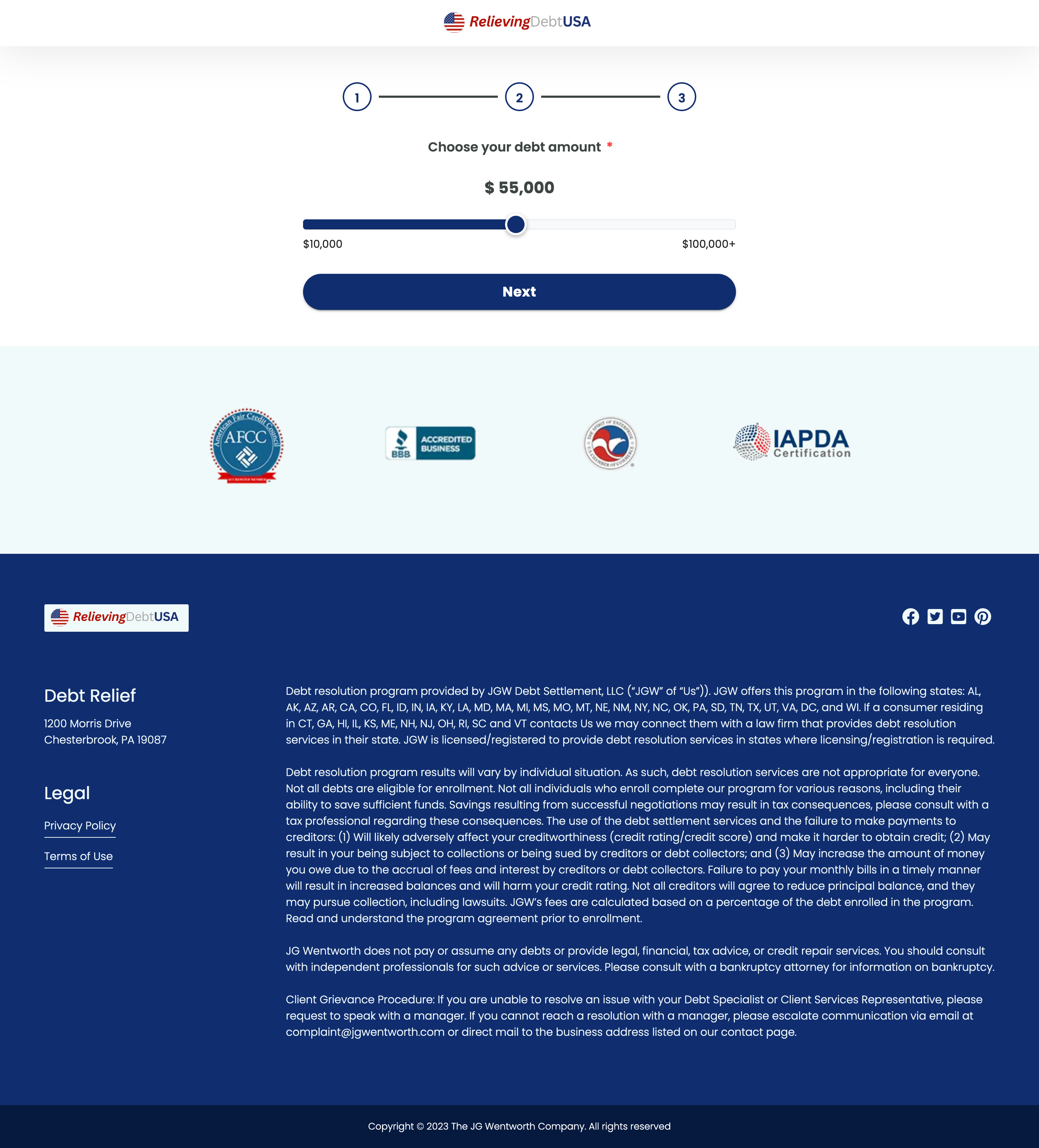How to Analyze Affiliate Marketing Strategies by Ripping Landing Pages
An in-depth understanding of affiliate marketing strategies is crucial for businesses aiming to improve their online performance. One effective way to gain this understanding is by analyzing landing pages. This article will guide you through the process of ripping landing pages to examine affiliate marketing strategies.
Table of Contents
- Introduction
- Importance of Analyzing Landing Pages
- Tools and Techniques for Ripping Landing Pages
- Step-by-Step Guide to Analyzing Affiliate Marketing Strategies
- Best Practices for Affiliate Marketing Landing Pages
- Conclusion
Introduction
Affiliate marketing is a dynamic field that requires continuous learning and adaptation. One effective method for gaining insights into successful affiliate marketing strategies is by examining the structure and content of landing pages. By analyzing these pages, marketers can extract valuable information about what appeals to target audiences and what tactics work best in converting visitors into customers.
Importance of Analyzing Landing Pages
Understanding successful landing pages can provide marketers with insights into sales funnels, conversion tactics, and customer engagement strategies. Landing pages are the face of an affiliate marketing campaign, representing the point where a potential customer decides whether to pursue the offer. Thus, analyzing these pages is critical for improving one’s own marketing campaigns.
Tools and Techniques for Ripping Landing Pages
Ripping landing pages involves capturing the content and structure of a webpage to analyze its components. There are numerous tools available, such as Chrom extensions and web scraping software, that can download or replicate a landing page for offline study.
Popular Tools
- Landing Page Ripper: This Chrome extension allows users to save the entire HTML, CSS, and images of a landing page for offline analysis.
- Web Scrapers: Tools like Octoparse or Scrapy can automate the process of extracting landing page data that can later be analyzed.
- Browser Developer Tools: Modern browsers have built-in developer tools that can help you manually inspect and save webpage content.
Step-by-Step Guide to Analyzing Affiliate Marketing Strategies
Step 1: Identify Successful Landing Pages
The first step is identifying landing pages that are worth analyzing. This can involve looking at competitors, market leaders, or pages with high conversion rates. Tools like SimilarWeb or Ahrefs can help identify such pages by providing analytics on web traffic and engagement.
Step 2: Use a Landing Page Ripping Tool
Once you’ve identified a landing page, use a tool like the Landing Page Ripper Chrome extension to download the page’s HTML, CSS, and images. This gives you a static copy to analyze at your convenience.
Step 3: Analyze the Content and Design
Look at the text, images, and overall design of the landing page. What is the unique selling proposition (USP)? How does the copy address the audience’s pain points? Examine the visual hierarchy and call-to-action (CTA) buttons for effective conversion strategy.
Step 4: Evaluate User Experience (UX)
Assess how the page is organized. Is the navigation intuitive? Is the page mobile-friendly? Aesthetics and UX significantly impact user engagement and conversion rates. Look for elements that enhance or hinder user experience.
Step 5: Study the SEO Elements
Review the landing page’s SEO components, including meta tags, headings, and URL structure. See how the page ranks for specific keywords and the backlink profile with tools like Moz or SEMrush. Comprehend how SEO strategies contribute to page visibility and traffic.
Step 6: Analyze the Technical Performance
Use tools like Google PageSpeed Insights to evaluate the technical aspects of the landing page, such as loading speed and code efficiency. Fast, optimized pages enhance user experience and can significantly boost conversion rates.
Best Practices for Affiliate Marketing Landing Pages
Implementing best practices in your landing pages is crucial for improving conversions:
- Clear and Compelling Headlines: Engage visitors immediately with headlines that capture interest.
- Strong CTAs: Make calls-to-action visible and compelling to encourage user interaction.
- Social Proof: Use customer testimonials and reviews to build trust.
- Minimal Distractions: Limit navigation links to keep the visitor focused on the conversion goal.
- Responsive Design: Ensure landing pages are accessible on all devices with a mobile-friendly design.
Conclusion
Ripping and analyzing landing pages is an invaluable skill for affiliate marketers looking to enhance their strategies. By using tools like the Landing Page Ripper Chrome extension, you can efficiently capture and study what makes successful landing pages convert. Observing layout, content, SEO elements, and user experience can provide you with actionable insights to optimize your own landing pages. Embrace these strategies to stay competitive and boost your affiliate marketing performance.
For a comprehensive approach, consider using a landing page downloader to effortlessly capture landing page content, save them offline, and analyze them for better marketing strategies.









